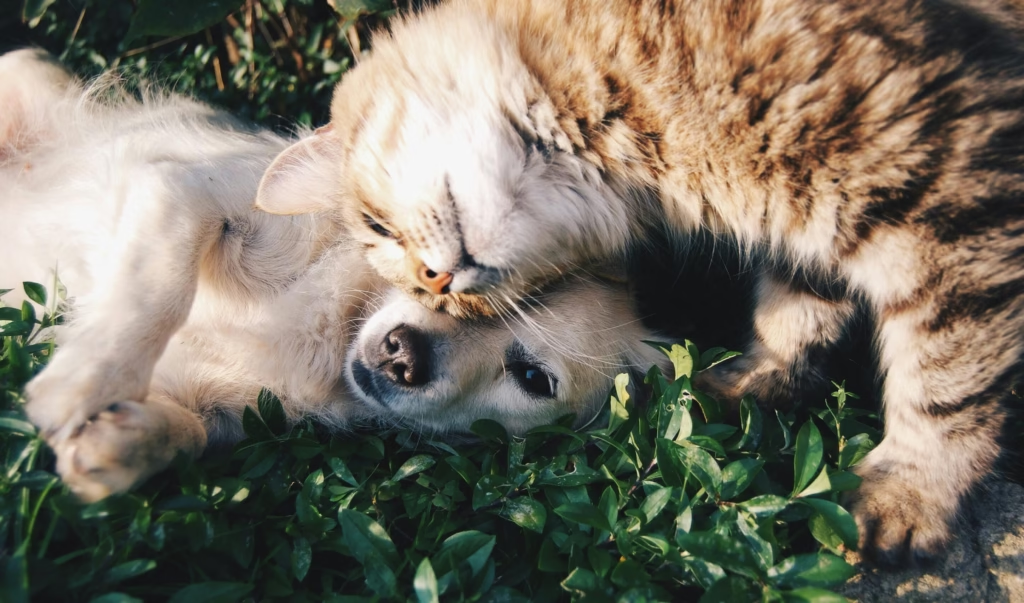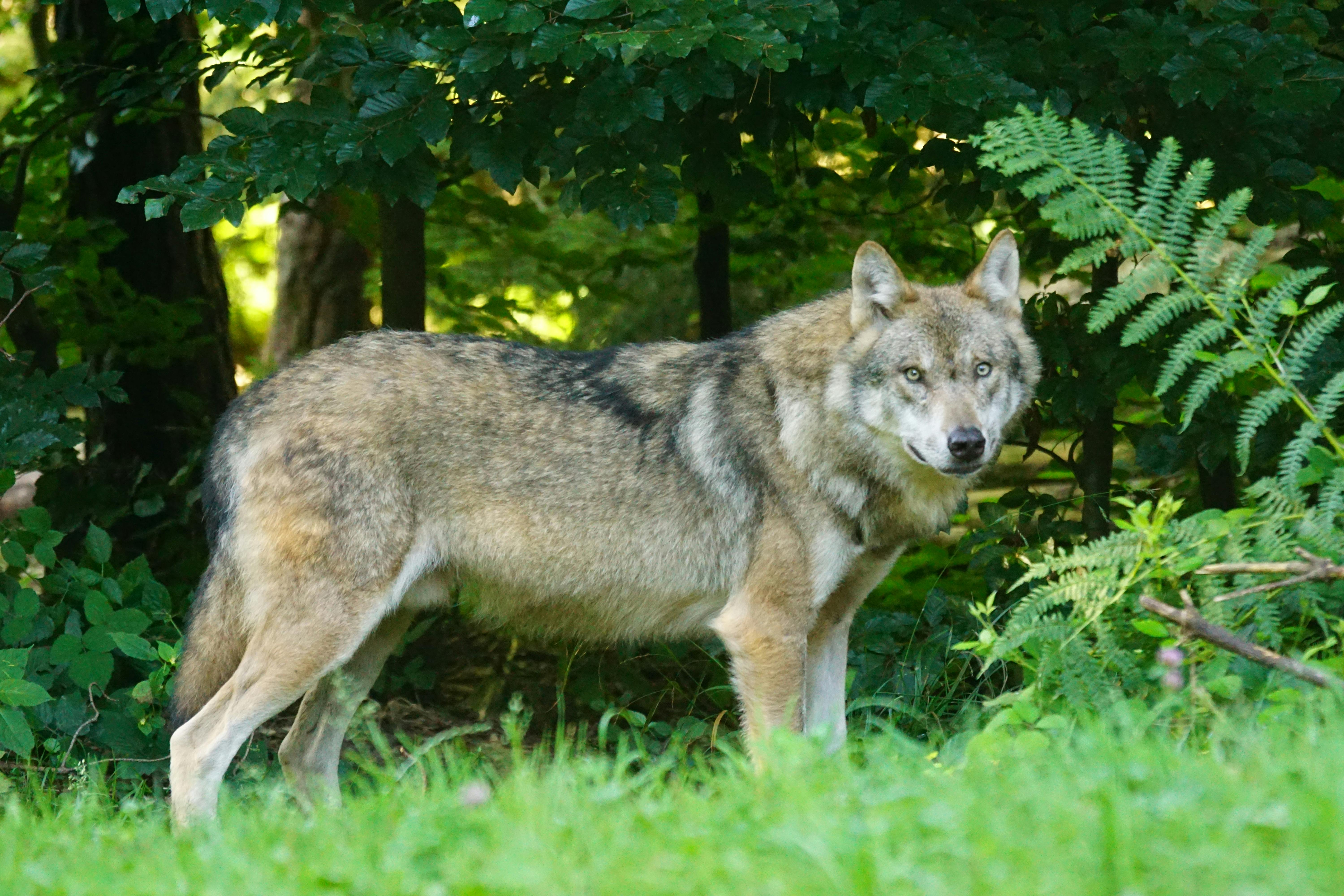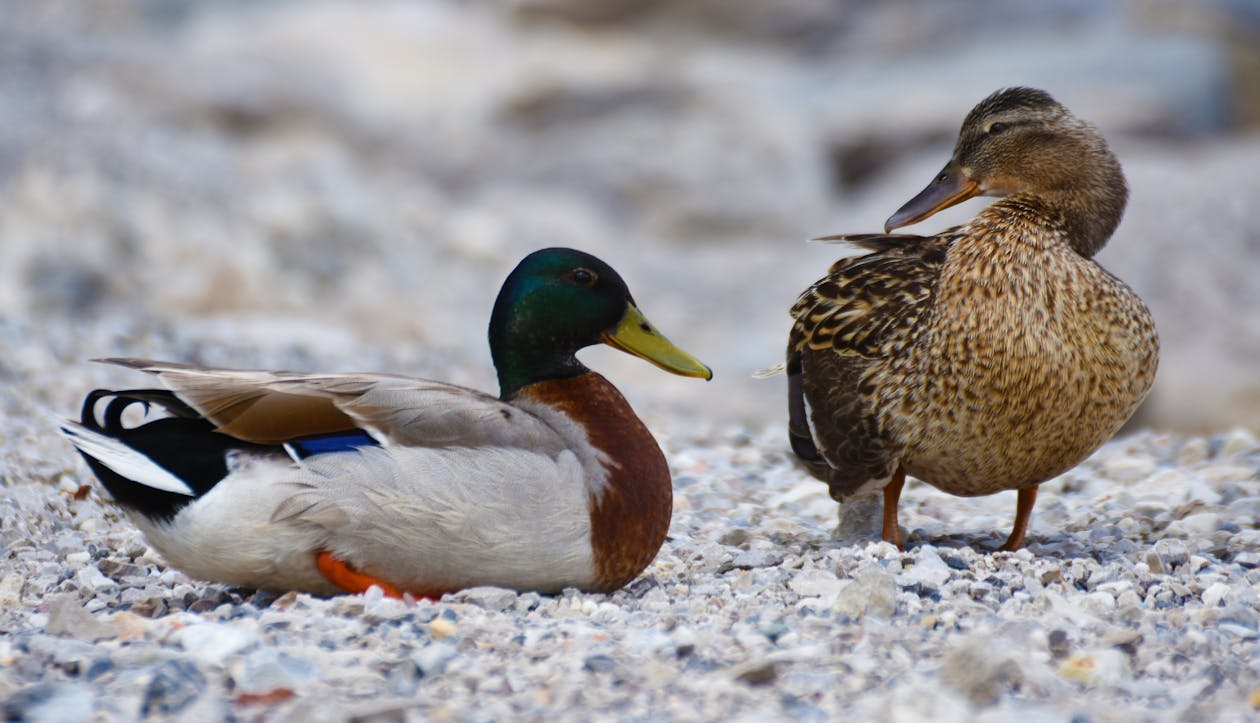Have you ever noticed that your feline friend shares surprising traits with other animals? It’s fascinating to see how much they have in common with a wide variety of creatures, from the mighty tiger to the playful dolphin. Let’s dive into these astonishing similarities and explore how cats connect with animals across the natural world!
Land Animals
Big Cats: Tigers, Cheetahs, and More
Your house cat might seem small, but they share a remarkable 95.6% of their genome with tigers. From hunting instincts to grooming habits and territorial behaviors like scratching or scent marking, the similarities are striking. Both domestic cats and tigers communicate using body language, such as tail flicks and ear positioning, to convey emotions like aggression or relaxation.
Like cheetahs, cats rely on their claws for grip and traction. While house cats may not reach the same speeds, their quick bursts of movement make them agile hunters, perfect for catching toys or the occasional unsuspecting insect.

Cats and Dogs
Though often seen as opposites, cats and dogs share several behaviors, including how they express emotions. Cats rub against you as a sign of affection, while dogs wag their tails. These actions are their unique ways of saying, “I care about you!” Both animals also exhibit strong territorial instincts and use scent marking to establish boundaries.
Rabbits
Cats and rabbits share meticulous grooming habits, keeping their fur clean and free from parasites. Both species communicate non-verbally through body language—ear movements can indicate curiosity, agitation, or calmness.
Camels and Giraffes
It may come as a surprise, but cats share a unique “pacing gait” with camels and giraffes. This means they move the legs on one side of their body simultaneously, resulting in a smooth, coordinated walk that conserves energy. This gait also helps maintain stability, which can be crucial when cats navigate narrow surfaces.
Bears
Both cats and bears are expert stalkers, moving with deliberate stealth to remain undetected by their prey. This hunting strategy requires immense patience and precision, traits honed over thousands of years of evolution.
Foxes
Like foxes, cats are crepuscular, meaning they’re most active at dawn and dusk. Both animals rely on stealth, quick reflexes, and keen senses of hearing and sight to track down prey in low-light conditions.
Horses
Cats and horses share an impressive ability to swivel their ears to better detect sounds. Both use these ear movements as a form of communication, signaling curiosity, fear, or focus depending on their position.
Kangaroos
Cats’ powerful hind legs make them excellent jumpers, much like kangaroos. Though house cats leap on a smaller scale, their agility is no less impressive. They can easily jump up to six times their body length in a single bound.

Wolves
Territorial instincts unite cats and wolves. While wolves use howling and urine marking to claim their domain, cats employ scent glands to rub or scratch surfaces, making their presence known to other animals.
Meerkats
Curiosity is a shared trait between cats and meerkats. Both animals often sit upright or stand tall to survey their surroundings, remaining alert to potential threats or interesting sights.
Hedgehogs
When threatened, cats puff up their fur to appear larger and intimidate potential predators—a tactic similar to hedgehogs curling into a spiky ball for protection.
Elephants
Both cats and elephants have sensitive foot pads that help them detect vibrations in the ground, offering an additional layer of environmental awareness. Their tails also serve as communication tools and help with balance.
Raccoons
Cats and raccoons share nimble paws that allow them to manipulate objects skillfully. Whether opening doors, playing with toys, or solving puzzles, both animals display impressive dexterity.
Monkeys
Playfulness is a trait cats share with monkeys. Both animals use play not only for fun but also to practice important survival skills such as hunting, climbing, and social bonding.
Sloths
Cats and sloths are champions of sleep, spending a significant portion of their day dozing. When awake, both are excellent climbers, using their claws and limbs to navigate high places with ease.

Birds
Birds of Prey
Cats and birds of prey like hawks or owls share similar hunting techniques—stalking and pouncing on unsuspecting prey. These behaviors are essential for survival in the wild and persist as play behaviors in domestic cats.
Ducks
Cats’ toe pads, often called “toe beans,” provide excellent grip and enable silent movement, much like how ducks’ webbed feet help them navigate through water smoothly.
Owls
Both cats and owls are exceptional night hunters. Their sharp vision and silent movements give them an edge in low-light conditions. The shared habit of tilting their heads helps both animals better understand sounds and unfamiliar objects.
Penguins
Cats and penguins both possess impressive balance skills. Cats use these abilities to land gracefully on their feet, while penguins rely on them to navigate slippery ice.

Sea Animals
Fish
A cat’s whiskers are highly sensitive to vibrations, similar to a fish’s lateral line system, which detects changes in water currents and helps them navigate their environment.
Dolphins
Like dolphins, cats communicate with humans using unique sounds. Cats meow to convey different needs and emotions, while dolphins rely on clicks and whistles to communicate.
Whales
Both cats and whales have a wide range of vocalizations. From meows, purrs, and hisses to clicks and songs, both species have developed diverse communication systems to interact with their environments and social groups.
Octopuses
Both cats and octopuses are highly intelligent and curious animals. They excel at solving puzzles and figuring out complex tasks, such as opening containers to access food.
Unlikely Friendships
Cats have even been known to form unlikely friendships with animals such as dogs, birds, rabbits, and mice. These heartwarming relationships highlight their adaptability and social intelligence.
And there you have it! From tiger-like instincts to monkey-style playfulness, cats embody traits from across the animal kingdom. Their unique blend of characteristics makes them one of the most fascinating creatures on Earth. Next time you watch your feline companion, take a moment to appreciate the diverse animal traits they display—making them not just pets, but a window into nature itself.




